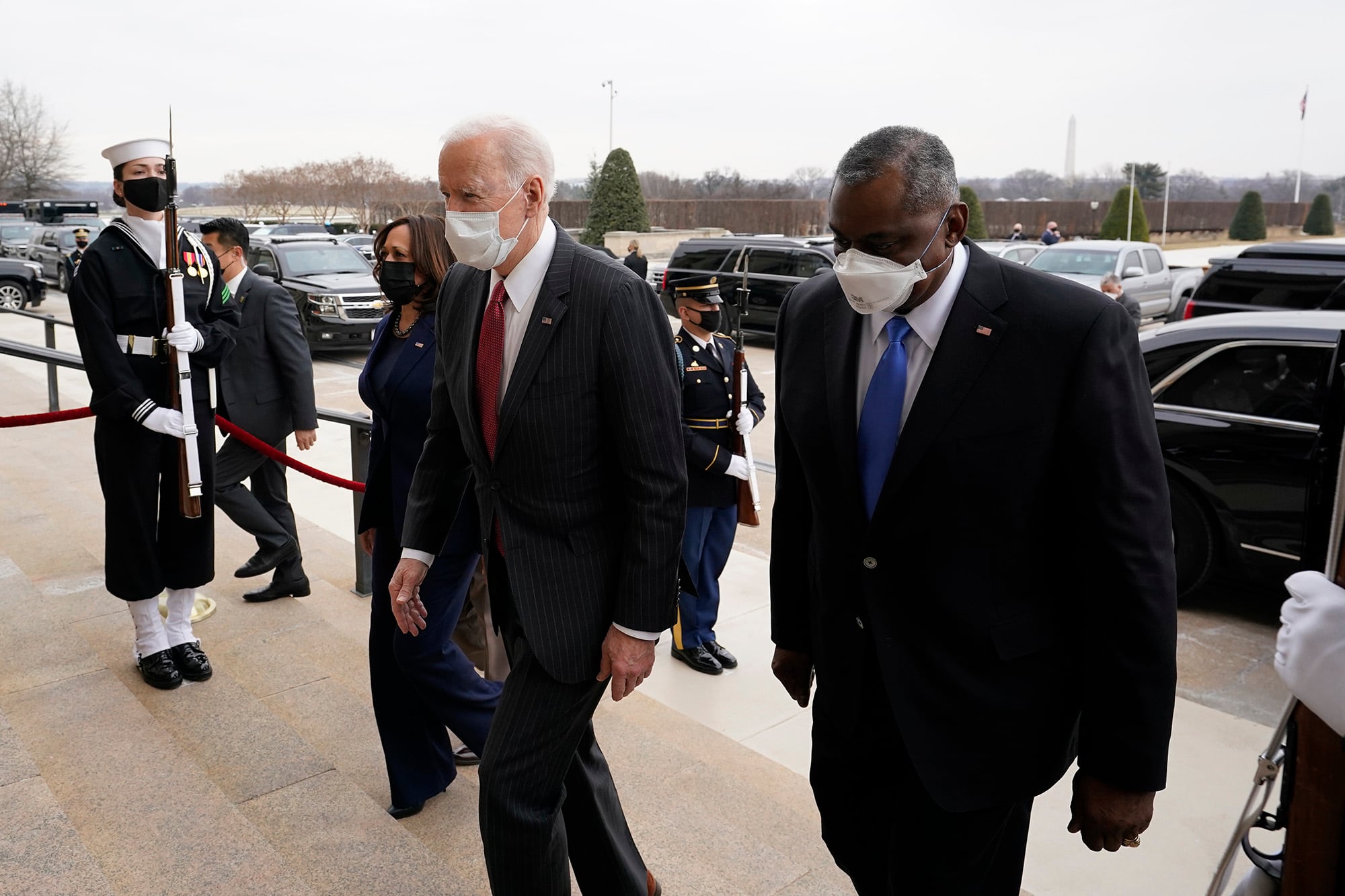The Jan. 6 attack on the Capitol, and the subsequent revelations that many veterans were involved, pushed the Defense Department to start addressing the issue of extremism in the ranks from the top down.
In addition to holding an extremism stand-down and tasking a working group to look at the issue, DoD also funded a Rand Corp. effort to create a framework for preventing, detecting and addressing extremism views among troops.
“These individuals often draw meaning from the identity that they apply to themselves and others based on their group affiliations (e.g., race, gender, religion, nationality, political beliefs),” according to the paper, published Thursday. “Studies have identified a variety of factors that lead people to join extremist movements, such as having a passion for political change, looking for a sense of belonging, and seeking excitement.”
To counter that behavior among service members, and by extension veterans, the paper suggests four focus areas: recognizing the scope of the problem, preventing future views/activities, detecting and intervening and measuring trends to evaluate whether interventions are working.
Though the paper recognizes DoD’s efforts in 2021 to clarify its messaging on extremism ― including that political beliefs, in and of themselves, are not considered extremism, though acting on them or espousing them could be ― it asserts that “the military could better leverage existing violence prevention programs to prevent service members from becoming involved with extremist groups.”
That could be done with existing resources, such as chaplains, and behavioral health counselors of the Family Advocacy Program.
“People in existing programs, such as chaplains, counselors, and other sources of support, might become aware of emerging extremist groups, ideologies, rumors, and misinformation being circulated,” according to the paper. “Although those sources cannot violate their professional and ethical codes or standards for confidentiality, privacy, and the protection of sensitive health information, they could be encouraged and provided with a means to share general information about those trends so commanders could address them across the population at large.”
Much of the paper suggests using existing DoD infrastructure to tackle the problem.
RELATED

“DoD currently tracks bias motivations in the Defense Incident-Based Reporting System (DIBRS), but it might need to reevaluate and revise these reporting codes in DIBRS and consider whether alternative forms of data collection would be useful to measure extremist trends in the future,” according to the paper.
While backlash to the department’s anti-extremism efforts has centered around potential censoring of conservative political views or support of particular politicians, policy is pretty clear about what is punishable ― such as organizing, fundraising or plotting violence on behalf of an extremist organization ― versus what requires counseling and further monitoring.
“For example, the policy states that possessing literature associated with extremist causes, ideology, doctrine, or organizations is not necessarily prohibited, but it signals that further investigations or counseling might be warranted,” according to the paper.
Rand’s anti-extremism plan similarly focuses on early detection and intervention, rather than leaning on law enforcement, which is saved for the most serious cases.
The paper recommends that DoD expand its anti-extremism efforts to include the military community, including civilian employees, spouses and children; that the department share information with civilian law enforcement agencies, such as the FBI; that the Pentagon use technology to monitor and tract trends, especially on social media; and that these strategies should be continually evaluated for their effectiveness.
Generally, the Rand paper backs up much of what the Pentagon has been pursuing already. The Countering Extremism Working Group has so far been tasked with creating an extremism definition, creating new screening for recruits, updating education for troops preparing to discharge from the services on the possibility of extremist recruitment and looking into ways to study the prevalence of extremism views and attitudes in the force at large.
An initial report, sent to the defense secretary in July, has not yet been briefed publicly.
Meghann Myers is the Pentagon bureau chief at Military Times. She covers operations, policy, personnel, leadership and other issues affecting service members.





